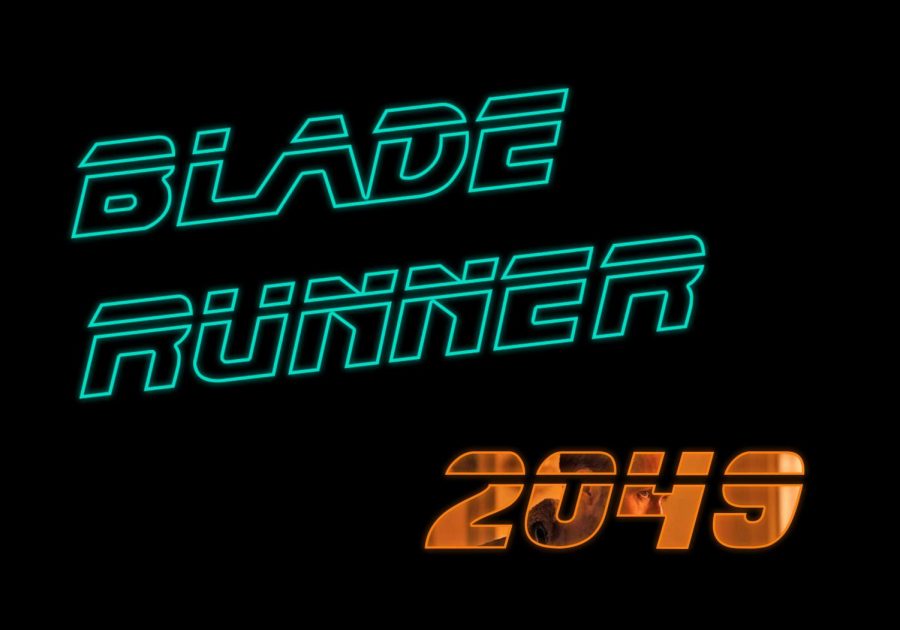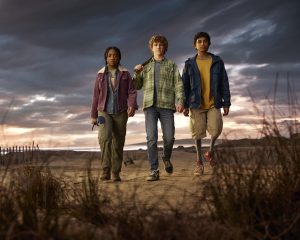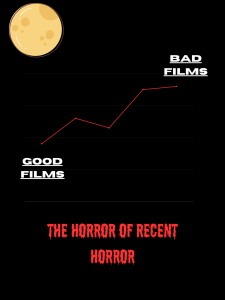“Blade Runner 2049” lives up to predecessor with great plot, breathtaking visuals
October 23, 2017
Sequels have become somewhat of a laughing stock in the recent years, especially when reviving an old series and especially making a sequel to a film that came out decades ago. We’ve seen failed attempts like 2015’s “Terminator Genisys” and the recent “Alien Covenant” (depending on who you ask). But overall, the best course to take is to not even try to revamp any sort of old property of any kind, and this is why “Blade Runner 2049” surprised me so much.
I knew from the director choice of Denis Villeneuve (“Arrival”, “Prisoners”) early on that “Blade Runner 2049” would be at the very least, enjoyable. But what I got was such a great follow up to the first film that it honestly gave me more than I ever could’ve expected.
In terms of plot, it gives you exactly what a sequel should be, something that continues the story while exploring the world already established in the first installment without following the same beats as the first. The first “Blade Runner” film plot-wise was a basic neo noir film set in a dystopian future, whereas “Blade Runner 2049” strays from that formula while sticking to the original feel of the first film.
The story follows Officer K played by Ryan Gosling, a Blade Runner, as well as a replicant, who accidentally discovers something (not going to spoil it) about the replicants which gets him and everyone else into business with people they probably don’t want to be in.
I can’t start the rest of my review without saying how amazingly stunning the visuals in this film are. They were the best part of the first film, and are definitely a forerunner here as well. Every shot so rich with style that it’s honestly hard to focus on dialogue when there’s so much going on visually, you can’t help but try to dissect it all.
The visuals contribute so much to the overall atmosphere and tone of the film, as well as the story. The world is established as a dystopian, consumer based, tightly packed metropolis all tied together with a dash of asian culture.
There’s a sense of extra care put into the aesthetics of the film that I can especially appreciate, as more and more often, keeping a consistently captivating visual presence seems to be put on the back-burner within films of this budget.
Ryan Gosling’s Officer K makes for a worthy successor to Harrison Ford’s Deckard as a main character. He’s flawed enough to be interesting, yet stoic enough to keep that same essence of cool that Gosling is known for. His relationship with his A.I. girlfriend, Joi, played by Ana De Armas, was surprisingly real, considering the circumstances.
Joi has just the right amount of character to make her a satisfactory love interest while still keeping the essence of artificial intelligence, which reminded me quite a bit of 2013’s “Her” which featured a similar relationship.
Harrison Ford’s return was one aspect of the film I was initially concerned about from the get go, with most character returns nowadays being one-note feeling and more towards fan service rather than actually warranted, which is something Ford isn’t necessarily new to. But contrary to my concerns, Ford reviving Deckard turned out to be not only a fun return to the screen, but a great addition to the plot.
His character actually was crucial to the story instead of playing sideline while the new characters did all the heavy lifting. While at the end used sort of as a plot device, Deckard’s presence actually carried weight and although the film could’ve worked without him, left me feeling satisfied.
Aside from the visuals, music played a large role in creating the first films cyber dystopian future which has a notably unique sound compared to other scores. The music doesn’t just serve as a background piece, or something to invoke cheap emotion, but as a crucial building block in the films world it so masterfully established visually.
Recreating that feeling while not taking too much from the original score would’ve been a tough feat, but Benjamin Wallfisch and Hans Zimmer did a great job at creating a perfect atmosphere that compliments both the more emotional scenes and the more ominous world building segments.
The acting overall left me satisfied but not necessarily impressed. Gosling does a good job filling the shoes of Harrison Ford, and Ford does well reprising his old role. Jared Leto was alright as Niander Wallace, head of Wallace corporation, the company responsible for the newer line of replicants. I feel as though Leto could’ve easily been replaced by any other actor of his same qualifications which left me neutral on his performance afterwards.
The storyline did a great job at not feeling too much like the original in terms of plot, while keeping with the general feel of the series. It keeps that mystery aspect that I loved about the first film but takes it in a new direction, keeping it from feeling like a copy-paste sequel.
In terms of direction, Denis Villeneuve has been one of the most unique and interesting directors of recent memory. With titles like “Arrival” and “Prisoners” he’s proved himself to be excitingly diverse in style and has proven time and time again to be able to tell a powerful, human story no matter where or when it takes place.
He once again throws his hat into the great directors ring with his efforts on “Blade Runner 2049.” Keeping with the original tone and feel of Ridley Scott’s original, he carries his own style into one already established 35 years ago with the care and attentiveness you’d need to take over a series so stylistically unique and beloved as “Blade Runner.”
“Blade Runner 2049” sets itself apart from most other modern sequels to 20th century franchises by giving the series a new, interesting and captivating story that left me with more than I ever expected it to be. It’s visuals and music play perfectly towards the overall tone of the series, and it’s direction helps that out even more. “Blade Runner 2049” not only is a competent sequel to the original, but has it’s own place as a film, borrowing only the necessities from the original to create it’s own new, refreshing film that I’d say is just as good if not better in some areas than it’s predecessor.







